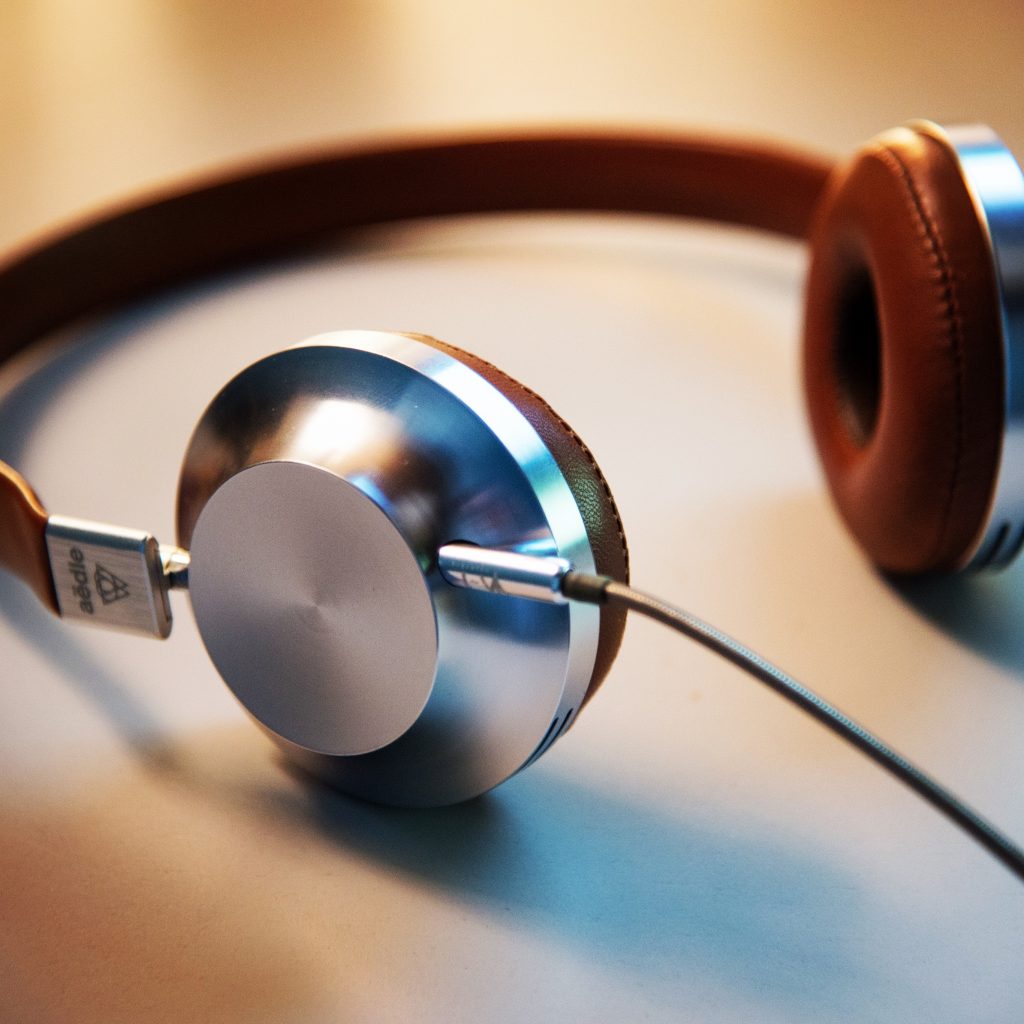Binaural beats, a popular form of auditory illusion, have garnered attention for their potential to influence brainwave patterns and promote various cognitive and emotional states. While their effectiveness is well-established, understanding the optimal duration for listening to binaural beats is a nuanced exploration that considers individual goals, preferences, and the specific outcomes one seeks to achieve.

1. Introductory Phase: For those new to binaural beats, it’s advisable to start with shorter listening durations, perhaps 15 to 30 minutes. This allows the listener to acclimate to the auditory experience and observe how their mind and body respond. During this phase, individuals can experiment with different frequencies and focus areas, such as relaxation or focus, to identify what resonates best with their needs.
2. Building Consistency: As listeners become more accustomed to the effects of binaural beats, gradually increasing the duration can be beneficial. A consistent daily practice of 30 to 60 minutes is often recommended to foster a cumulative and lasting impact. Regular exposure to binaural beats enhances the brain’s ability to entrain to the desired frequency, supporting the integration of their cognitive or emotional benefits.
3. Task-Specific Listening: The optimal duration can also depend on the specific goals of the listener. For example, if the intention is to enhance focus and concentration during work or study, shorter sessions of 15 to 30 minutes may be strategically incorporated throughout the day. On the other hand, for relaxation and stress reduction, longer sessions of 30 to 60 minutes during dedicated rest periods may be more suitable.
4. Mind-Body Connection: Listening to binaural beats is not solely about the duration but also about the quality of the listening experience. Creating a mindful and intentional environment enhances the effectiveness of binaural beats. Incorporating deep breathing, meditation, or visualization techniques while listening can amplify the mind-body connection and contribute to optimal results.
5. Individual Variability: Individual responses to binaural beats can vary. Some may experience noticeable effects within a short duration, while others may require more extended sessions to feel the full benefits. Paying attention to one’s unique responses and adjusting the listening duration accordingly allows for a personalized and effective binaural beats practice.
6. Experimentation and Adaptation: Optimal listening duration often involves a degree of experimentation. Individuals can explore different durations, frequencies, and types of binaural beats to discern what aligns best with their preferences and objectives. As goals or needs change over time, adapting the listening duration ensures that the practice remains tailored to evolving circumstances.
7. Balancing Consistency and Flexibility: While consistency is key to reaping the rewards of binaural beats, flexibility is equally important. Some individuals may benefit from daily sessions, while others may find success with less frequent but more extended sessions. Striking a balance that aligns with one’s lifestyle and preferences fosters a sustainable and enjoyable binaural beats practice.
In summary, the optimal duration for listening to binaural beats is a dynamic and personalized exploration. By gradually building consistency, adapting to individual responses, and incorporating mindfulness, individuals can harness the transformative potential of binaural beats in a way that aligns with their unique needs and goals.